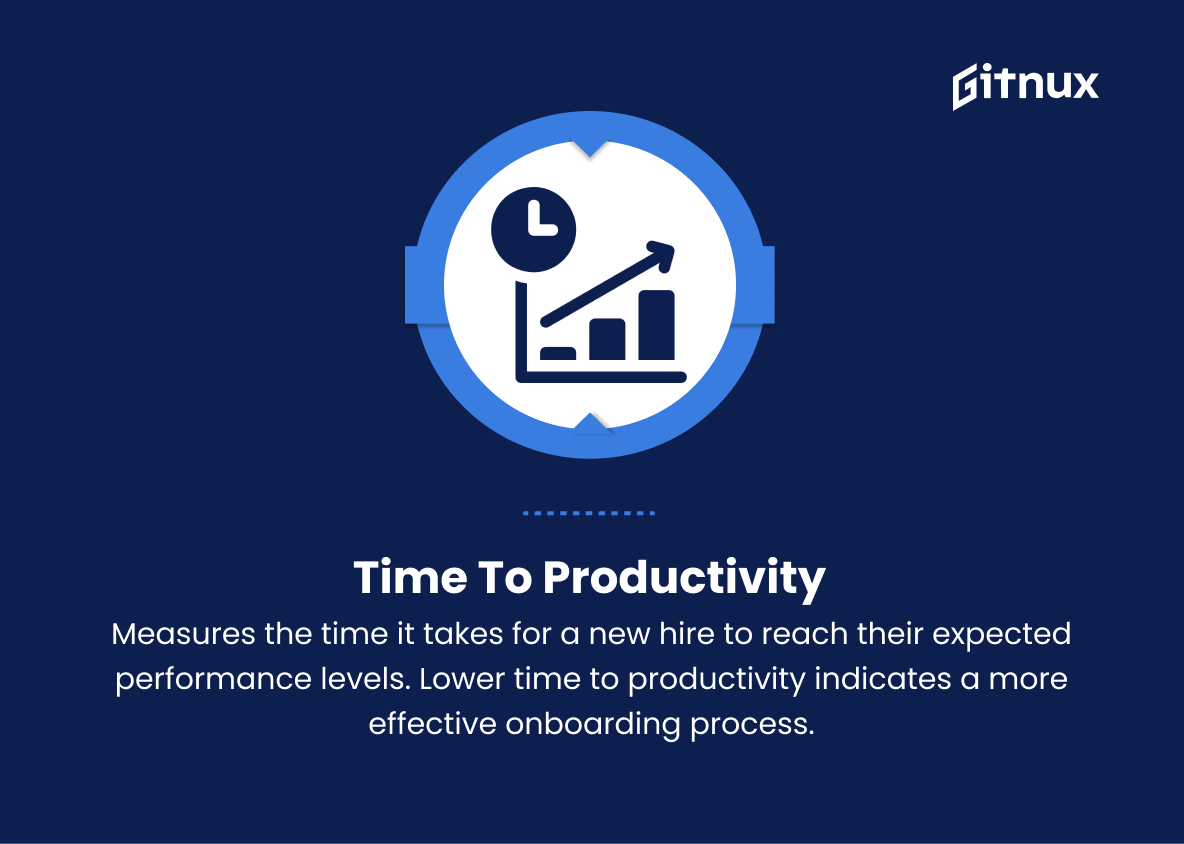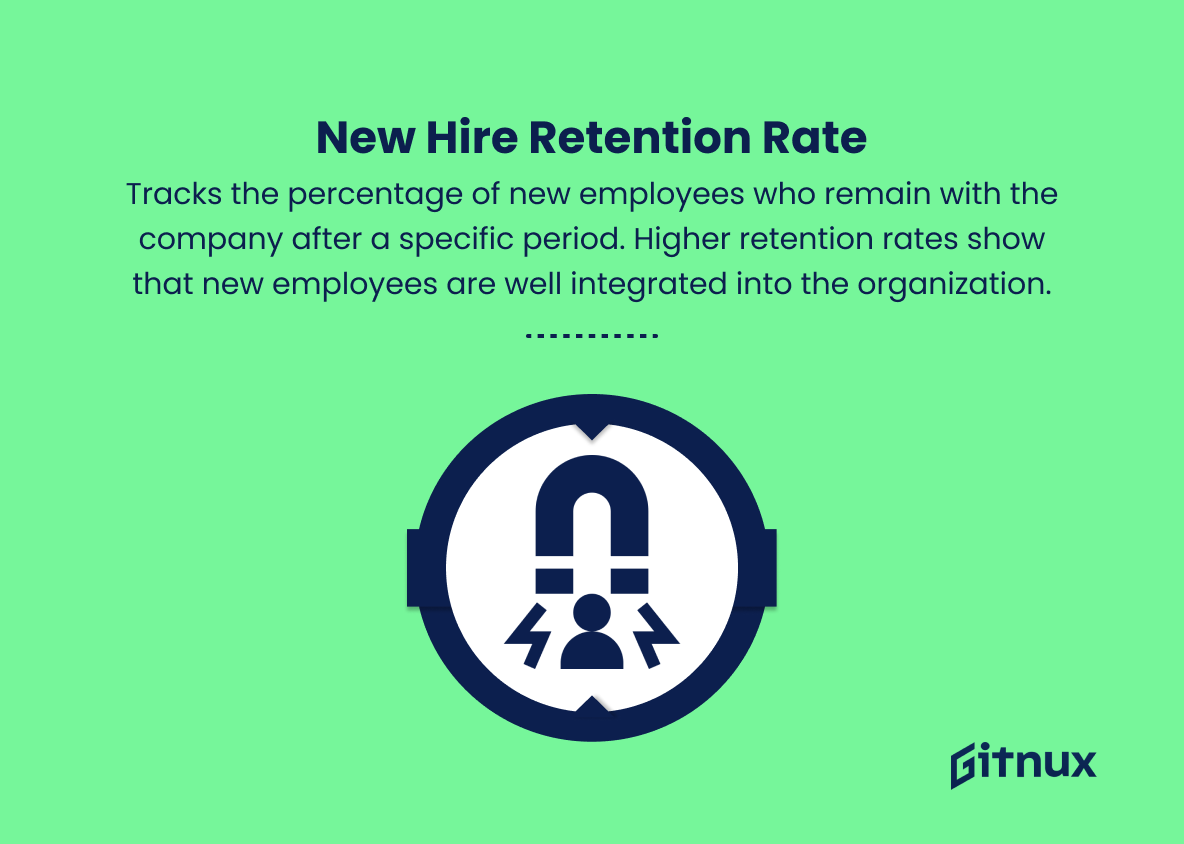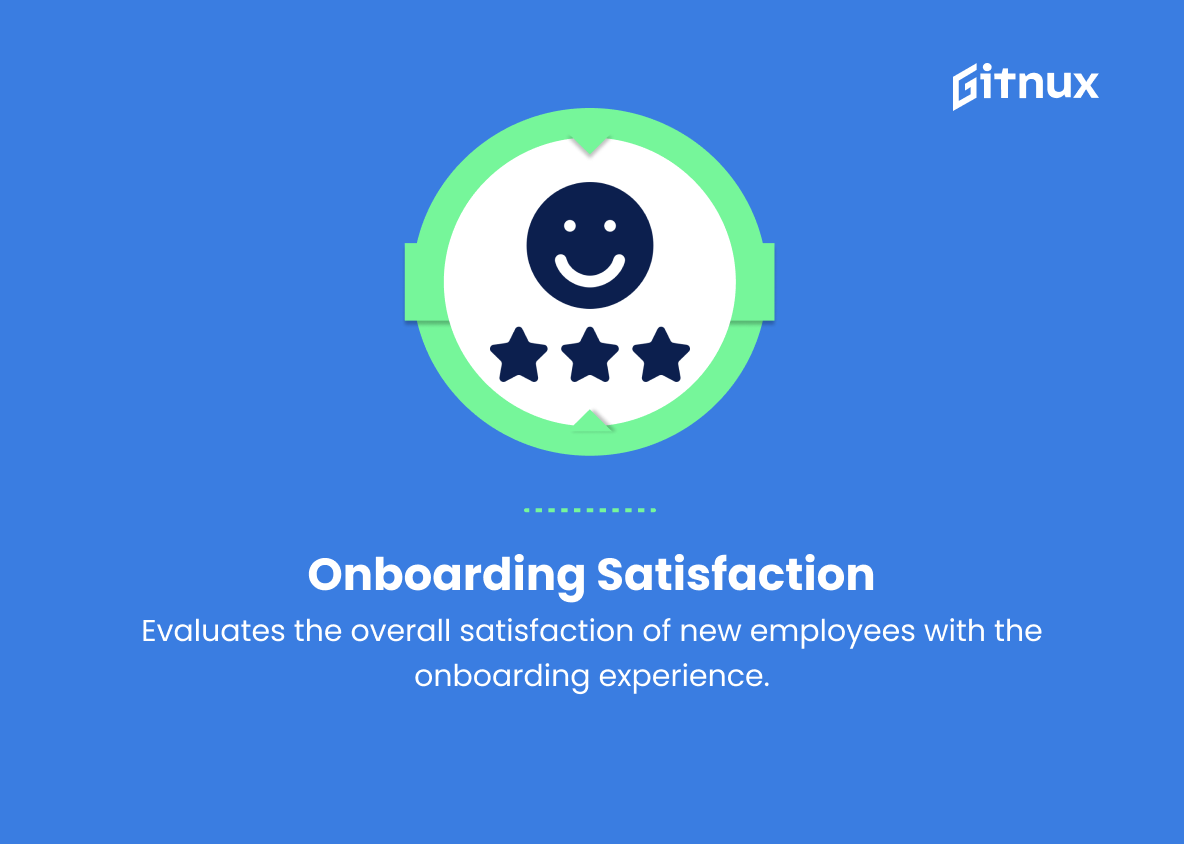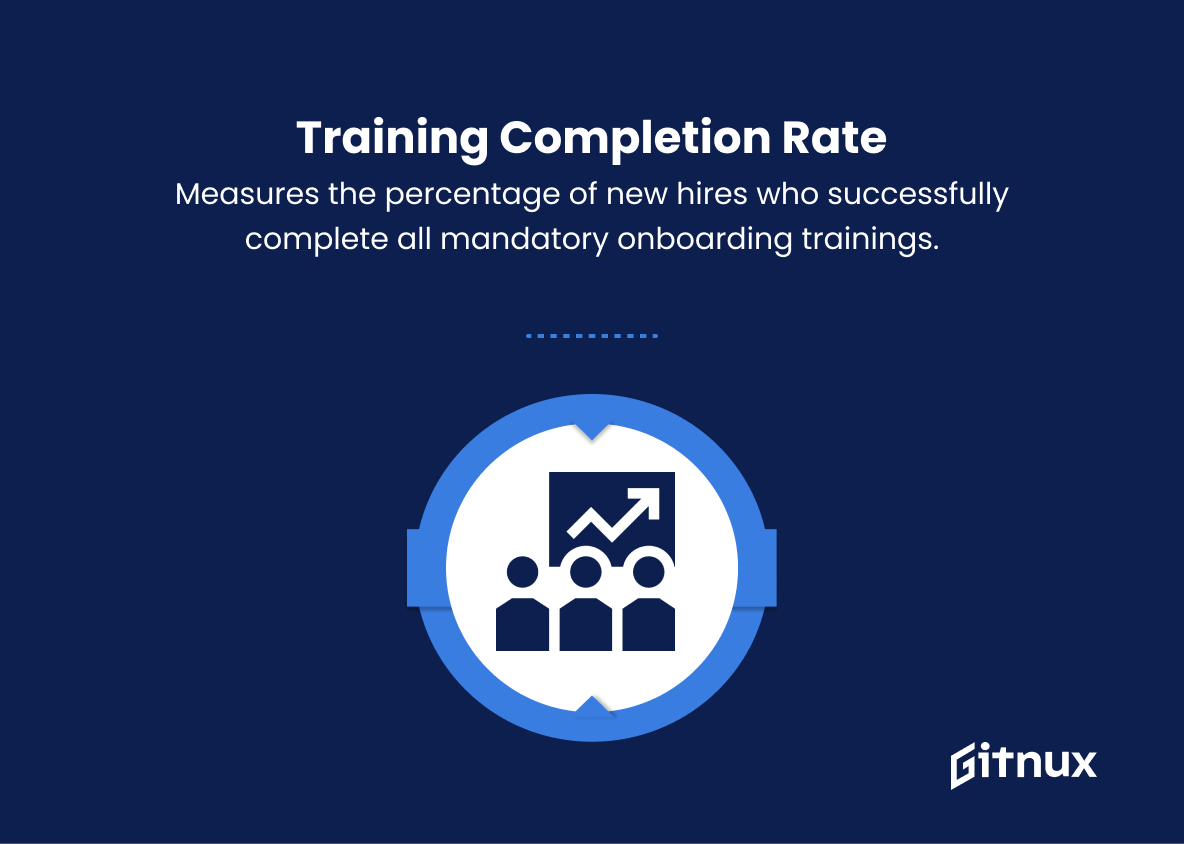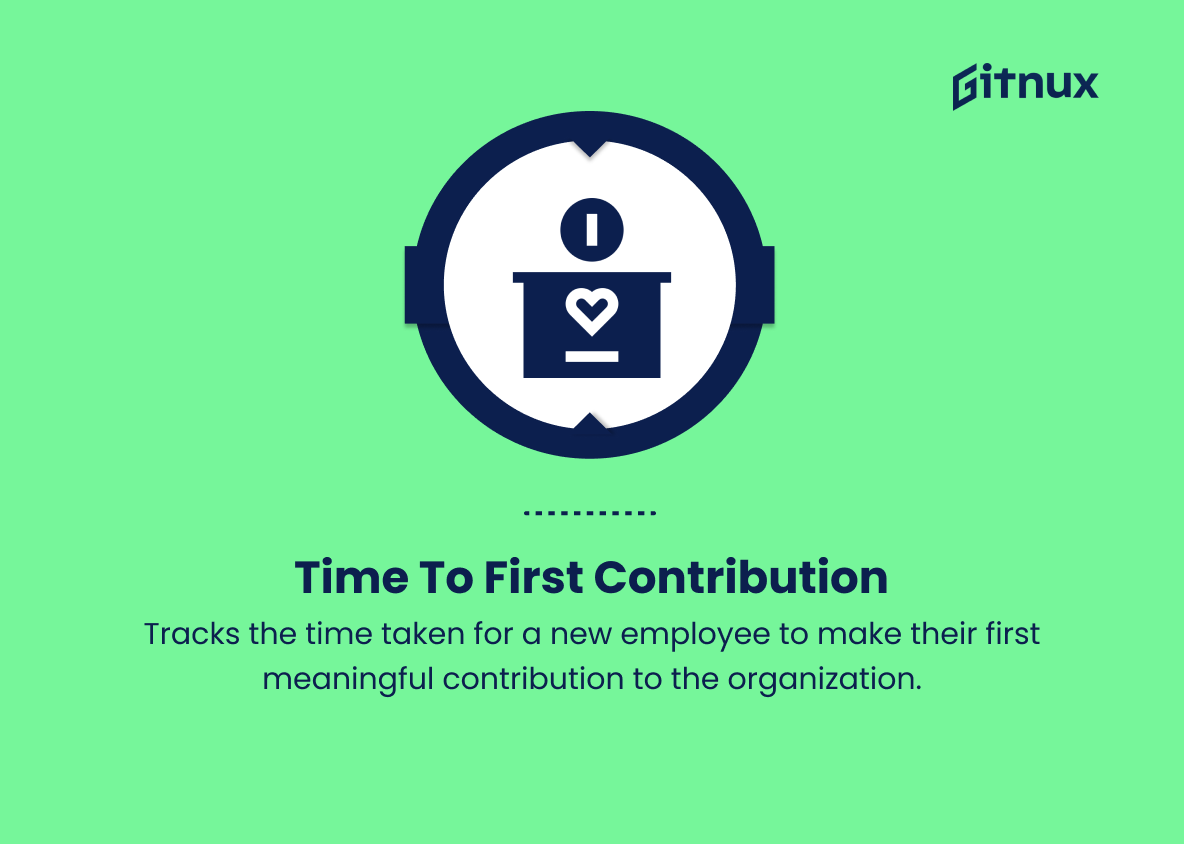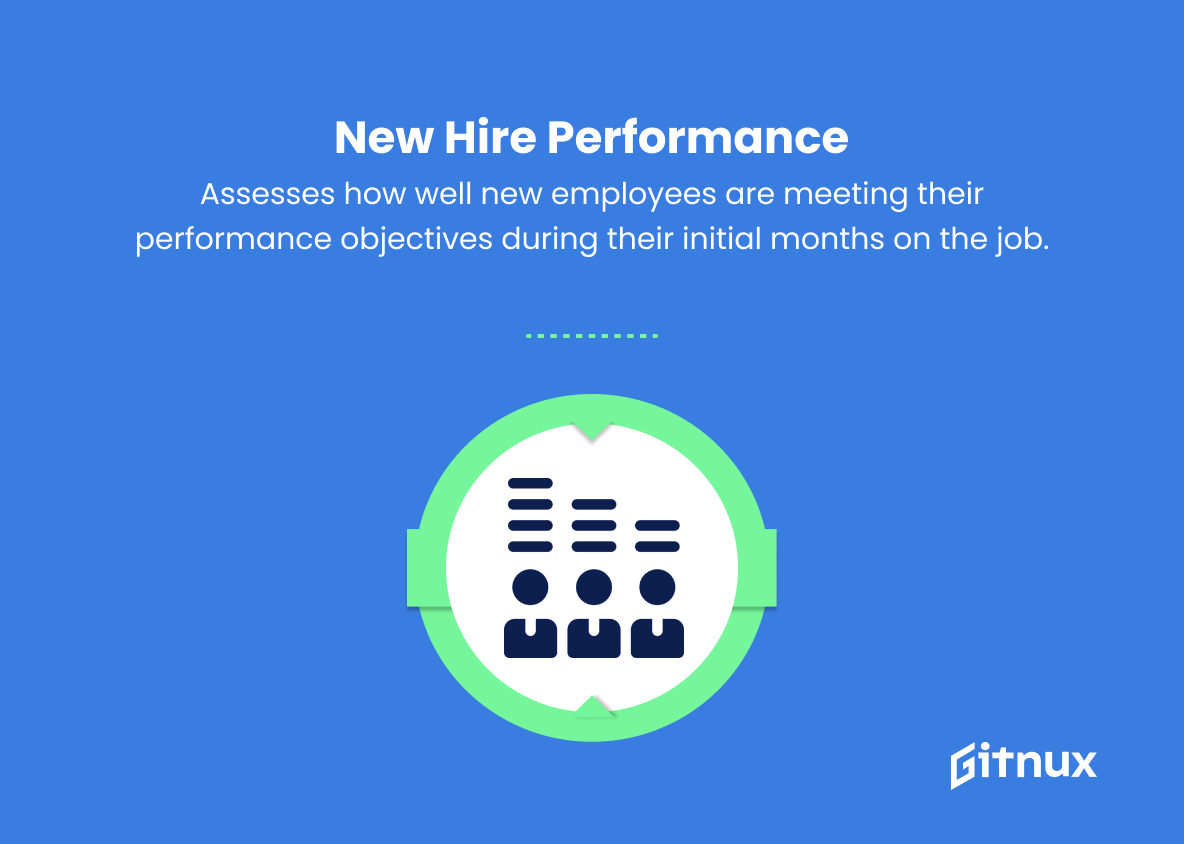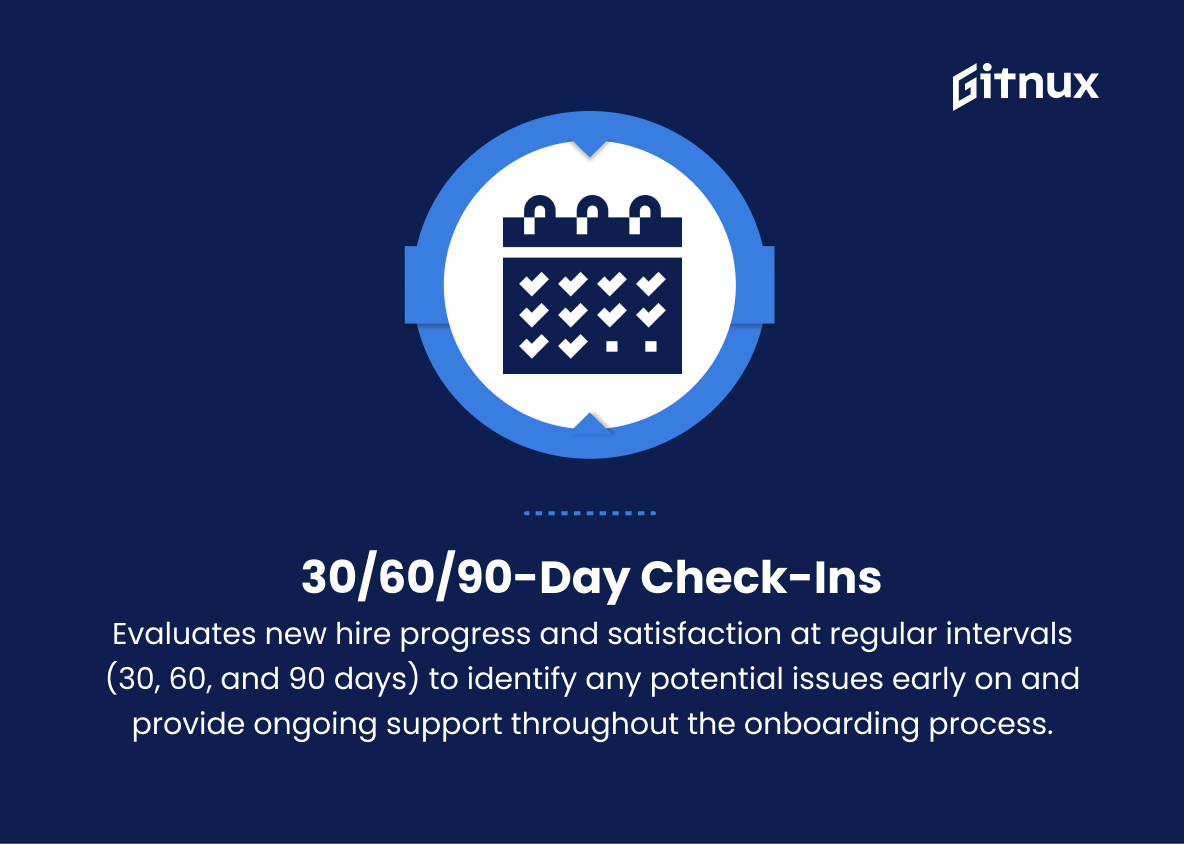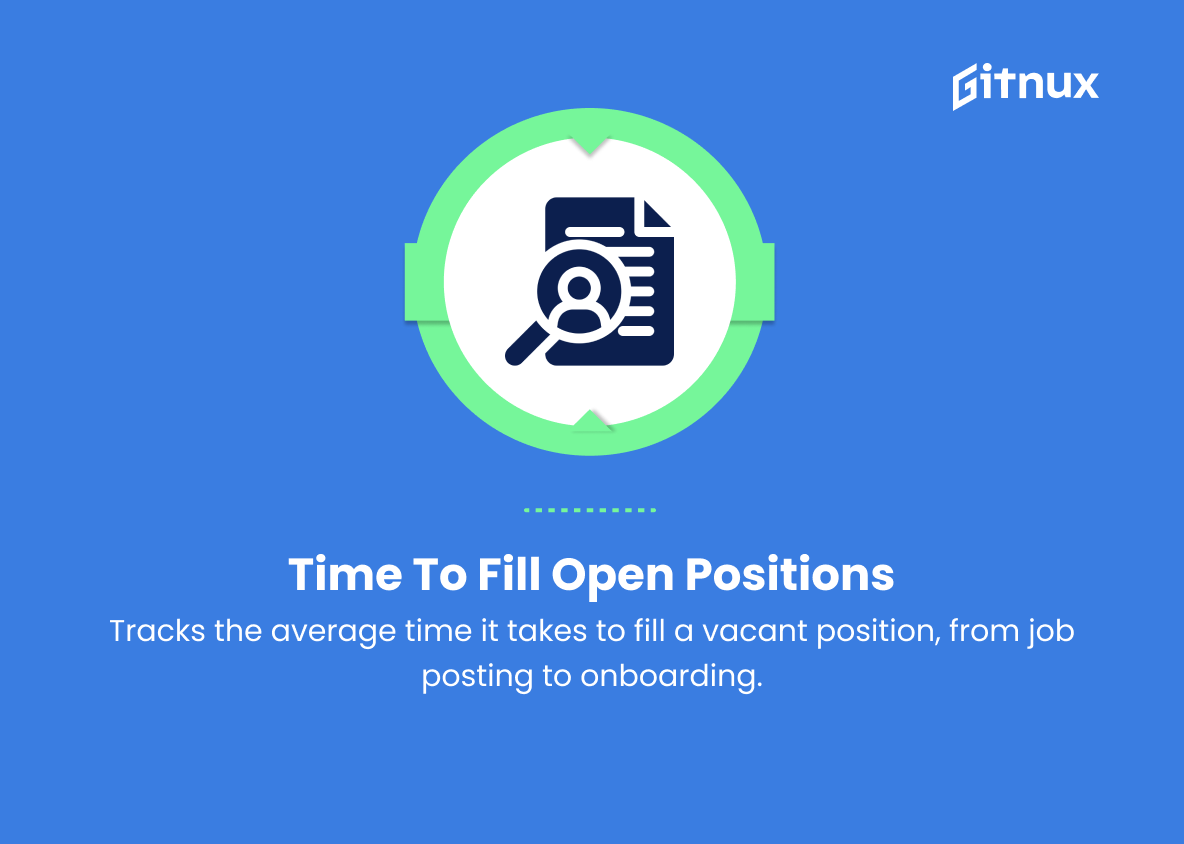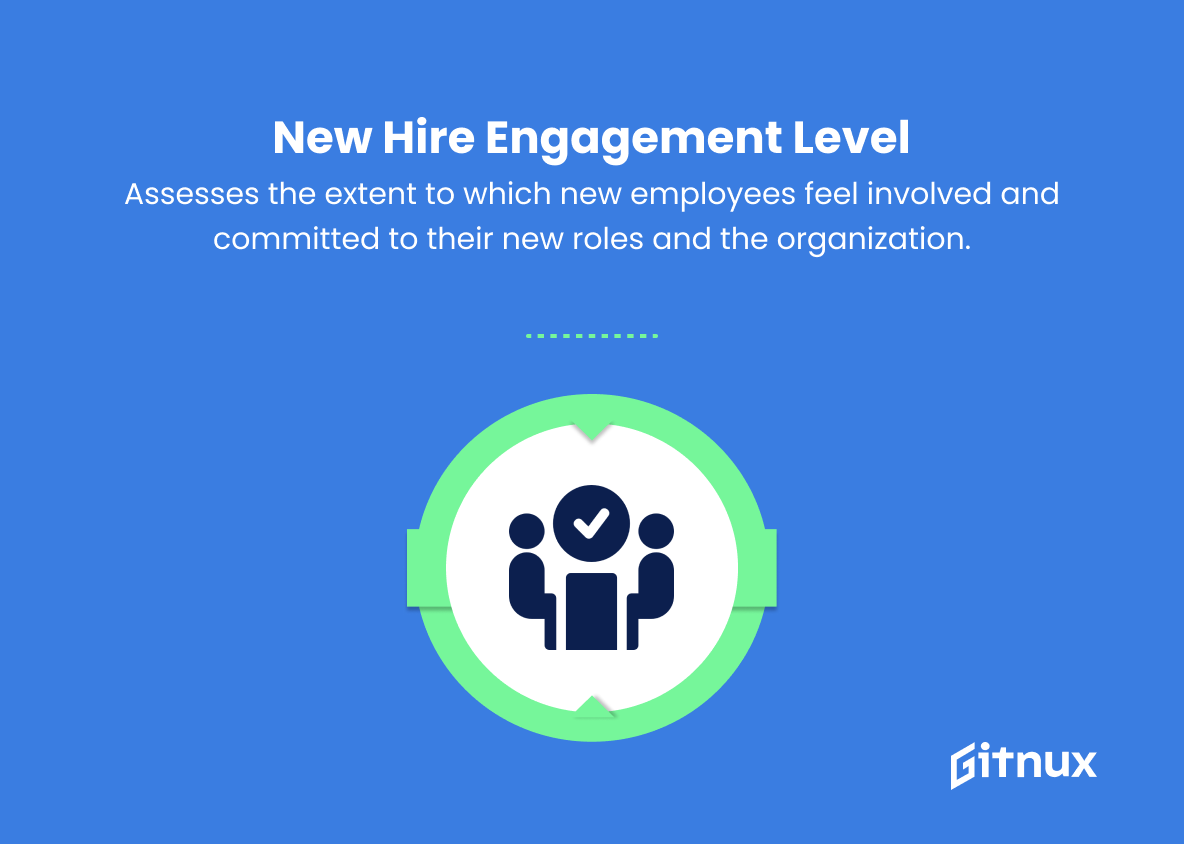In today’s fast-paced and ever-evolving business landscape, successfully integrating new employees into an organization is critical to maintaining productivity, retaining top talent, and fostering a culture of growth. Employee onboarding plays an important role in determining an individual’s long-term success within an organization, as it sets the stage for their overall experience and engagement with their new workplace.
Key Performance Indicators (KPIs) are essential tools for measuring and optimizing the onboarding process, providing valuable insight into the effectiveness of current practices and highlighting areas for improvement. Join us as we delve into the world of employee onboarding KPIs and explore their importance, strategies for implementation, and how they can ultimately lead to stronger organizational performance and a more energized workforce.
Employee Onboarding KPIs You Should Know
1. Time to productivity
Measures the time it takes for a new hire to reach their expected performance levels. Lower time to productivity indicates a more effective onboarding process.
2. New hire retention rate
Tracks the percentage of new employees who remain with the company after a specific period (e.g., 6 months or 1 year). Higher retention rates show that new employees are well integrated into the organization.
3. Onboarding satisfaction
Evaluates the overall satisfaction of new employees with the onboarding experience. This can be measured using surveys or feedback forms. Higher satisfaction levels indicate a positive onboarding experience.
In today’s fast-paced and ever-evolving business landscape, successfully integrating new employees into an organization is crucial for maintaining productivity, retaining top talent, and fostering a culture of growth.4. Training completion rate
Measures the percentage of new hires who successfully complete all mandatory onboarding trainings. A higher completion rate suggests that employees are receiving the necessary knowledge and skills to perform their job.
5. Time to first contribution
Tracks the time taken for a new employee to make their first meaningful contribution to the organization. A shorter time suggests an effective onboarding process that enables new hires to contribute quickly.
6. New hire performance
Assesses how well new employees are meeting their performance objectives during their initial months on the job. Strong performance indicates successful onboarding and job alignment.
Employee Onboarding KPIs play a crucial role in measuring the success and effectiveness of the onboarding process within an organization.7. 30/60/90-day check-ins
Evaluates new hire progress and satisfaction at regular intervals (30, 60, and 90 days) to identify any potential issues early on and provide ongoing support throughout the onboarding process.
8. Buddy/mentor program effectiveness
Measures the success of buddy or mentor programs in helping new employees adjust to the company culture and build relationships. This can be evaluated through feedback from both new hires and their assigned buddies or mentors.
9. Time to fill open positions
Tracks the average time it takes to fill a vacant position, from job posting to onboarding. A shorter time to fill open positions indicates a more efficient recruitment and onboarding process.
10. Quality of hire
Evaluates the overall quality of new employees based on their performance, cultural fit, and contribution to the company’s goals. High-quality hires suggest a successful onboarding and recruitment process.
11. Compliance and policy understanding
Measures new hires’ understanding of company policies and compliance requirements. High levels of understanding indicate that the onboarding process effectively communicates critical information.
12. New hire engagement level
Assesses the extent to which new employees feel involved and committed to their new roles and the organization. Higher engagement levels correlate with better overall job performance and employee retention.
Employee Onboarding KPIs Explained
Employee onboarding KPIs play a critical role in measuring the success and effectiveness of an organization’s onboarding process. Time to productivity and time to first contribution are key indicators of how quickly new hires are able to adapt and contribute to the organization. High new hire retention rates, onboarding satisfaction and engagement levels reveal how well the organization is integrating new hires and fostering a positive workplace experience.
In addition, training completion rates, compliance and policy understanding, and quality of hire measure how effectively new hires are acquiring the knowledge and skills necessary to excel in their jobs. Regular 30/60/90-day check-ins provide opportunities to track progress, provide support, and address concerns. The effectiveness of buddy/mentor programs contributes to overall onboarding success by fostering relationship building and cultural assimilation.
Finally, time to fill measures the efficiency of the recruiting and onboarding process, ensuring that the company is attracting and retaining top talent. Overall, these KPIs are essential for assessing the strengths and weaknesses of employee onboarding and implementing improvements that will benefit the organization in the long run.
Conclusion
In summary, effective employee onboarding is critical to the success and growth of any organization. By measuring and analyzing onboarding KPIs, companies can refine their onboarding processes, increase employee engagement, and ensure that individuals are well-equipped to contribute to the organization’s overall mission.
Key KPIs such as time-to-productivity, satisfaction ratings, retention rates, and goal attainment are critical to tracking and maintaining a successful onboarding program. By continuously monitoring and optimizing these metrics, companies can create an onboarding experience that benefits both the organization and its employees, ultimately contributing to long-term success and sustainability.
